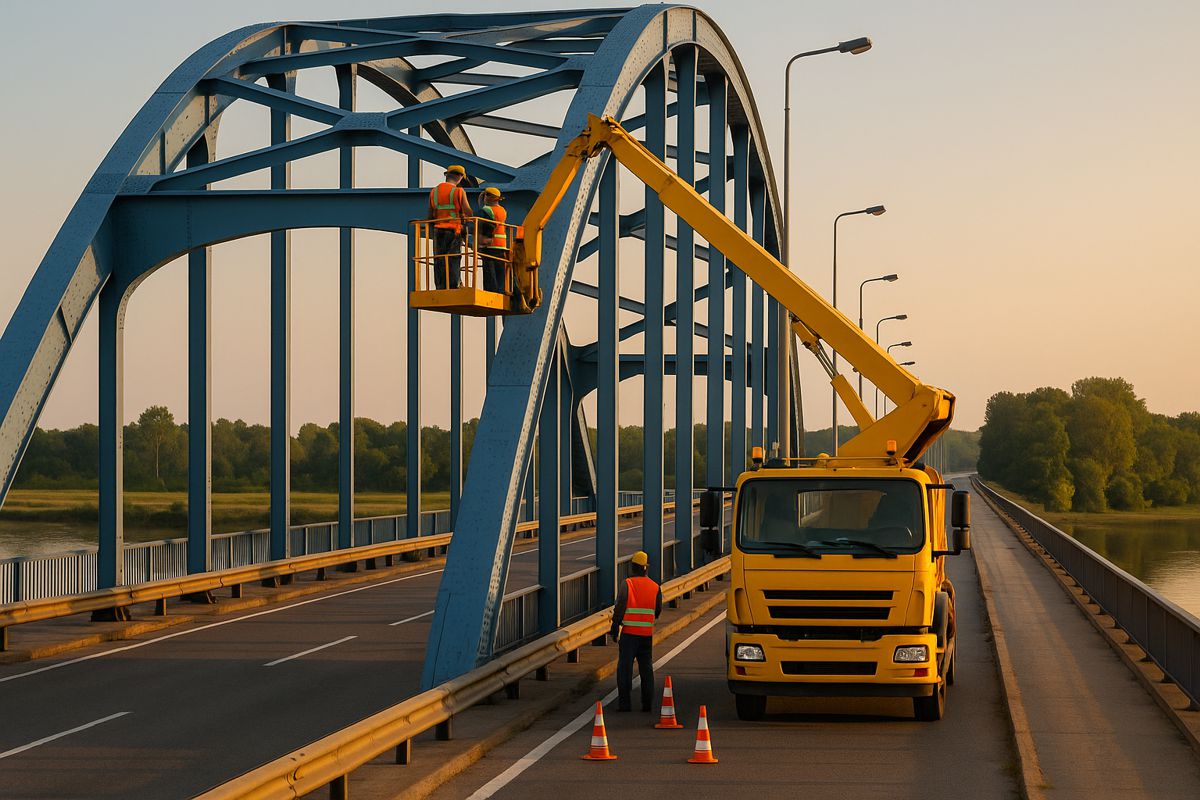Preserving the physical wellbeing of drivers and equipment operators
Professional drivers and equipment operators are exposed to multiple risks to their health, none more so than the sheer length of time they spend sitting.
Sitting has been shown to increase the risk of a multitude of physical health conditions, including heart disease, diabetes and musculoskeletal disorders. Recent research from the University of Brighton found that as many as 93% of all professional drivers reported musculoskeletal disorders, with lower back pain being the most common, at 53% of all drivers.
Kevin Ashley, founder and CEO of the learning management system, myAko, has partnered with Physiotherapy Matters to provide a selection of courses designed to assist the nation’s workers in their efforts to remain physically fit for work. Whilst the target audience for these courses largely consists of those who sit in an office for much of the week or work remotely, the concept behind the courses certainly still applies to those who earn their living behind the wheel.
Here, Kevin outlines some expert tips from the experts at Physiotherapy Matters to maximize the wellbeing of professional drivers, minimize musculoskeletal disorders and ultimately help drivers to stay happy and healthy at work for a long time to come.

Consider Ergonomics
It is well known that prolonged positions can lead to a host of physical issues, and unfortunately there is no posture that will counteract the negative impact of prolonged sitting. The best advice is, therefore, to move as much as possible and to avoid prolonged sitting. Unfortunately, for drivers with tight schedules, this is often not possible.
So, whilst there is no good position to be in for a prolonged period, there is a better position which can be helped by optimal ergonomics.
Simply put, ergonomics is the design and positioning of a person’s working environment, and in this context, that environment is their vehicle. Ergonomics aims to improve comfort, safety, efficiency and productivity by tailoring a working environment to the particular driver.

There are multiple small adjustments that can be made to the positioning of a driver to ensure a comfortable, supported position, which will, in turn, help to maximize wellbeing and performance, and ultimately minimize sickness absence.
1) Seat Height
Your hips should be at least as high as your knees. This will help to tilt the pelvis forward, creating the natural curve in the lower back.
2) Arm Reach
To minimize strain on your wrists, elbows and shoulders, you should keep your elbows close to your sides – without actively squeezing your body.
3) Reclining
A slight recline is advisable for a professional driver. More specifically, your legs and back should be at an angle of approximately 110°. This will allow for a better position of the pelvis to help support the lumbar curve.
4) Leg Reach
Your knees should have a small bend – approximately 20-30° – allowing you to depress the pedals fully and comfortably without moving your back away from the backrest.
5) Lumbar Support
The lumbar region refers to the lower back which has a natural curve. This curve requires support when sitting for long periods of time. A dedicated lumbar support product can provide the necessary support but, in a pinch, a rolled up towel, or something similar, would certainly help.
6) Headrest
A correctly positioned headrest not only allows more support of the head for long journeys, but also significantly reduces the injury sustained if you are in a car accident. The headrest should be high enough that the back of your head contacts the middle of the headrest.
7) Rear View Mirror
Adjust the position of your rear view mirror last, only once you are in the best, most comfortable and supported posture you can be in. This means, to see correctly in it you will be reminded to return to that posture!
Consider Working Habits
A perfect ergonomic position will not completely eradicate risk of musculoskeletal pain, as working habits also play a key part. For example, squeezing the wheel too tightly can leave your hands sore and stiff. Reducing your grip slightly (whilst ensuring you still have a firm hold on the wheel) will reduce the stress points on your hands, giving them a chance to rest. A steering wheel cover can help to add an element of comfort, as can a gel seat cushion, in the effort to reduce the impact of a truck’s vibrations.
Resting your left foot on the footrest whenever you are not using the clutch can help to relax the muscles in your legs, pelvis and back. And don’t forget, it is the length of time you sit that is the primary issue, so plan regular, short stretch breaks into your journey, use your breaks as actively as possible, for example going for a walk, and try not to have your food and drinks stood up outside!

Consider Lifestyle!
Finally, whilst ergonomics and working habits are important, they’re nothing without a healthy lifestyle. Optimizing our 4 pillars of health (food, sleep, movement and stress) is the key to minimizing our risk of both physical and mental wellbeing issues.
Whilst professional drivers face many barriers in optimizing these pillars, small, achievable changes to each can make a huge difference in reducing your chance of developing pain. This can include eating a healthy, balanced diet and staying hydrated, having good sleep habits, exercising regularly and looking after our mental wellbeing. Furthermore, smoking can increase our risk of developing pain, slow healing and increase the risk of our pain becoming chronic (long-term).
Just like the truck you’re driving or the equipment you’re operating, your body requires constant maintenance. Without it, it simply won’t work to a high standard.




















